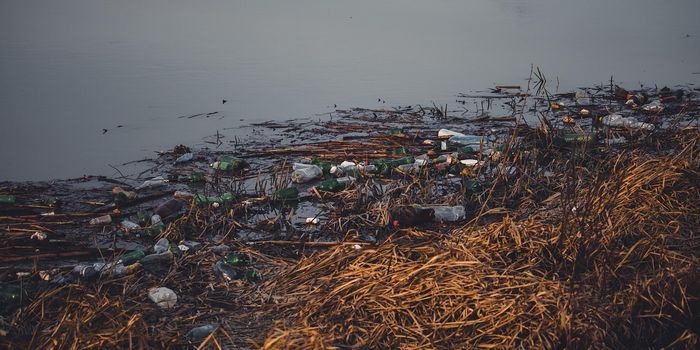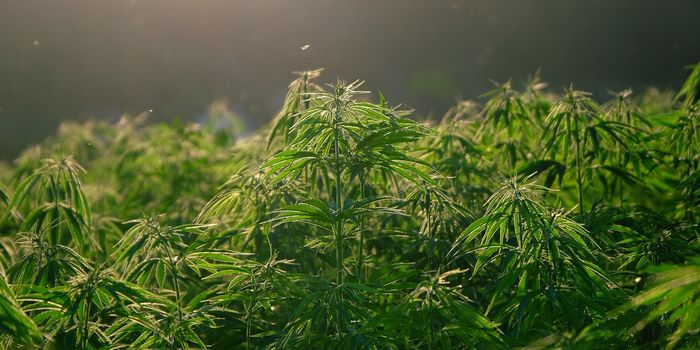Part of California Redwood Forest Returned to Sinkyone Tribe
Save the Redwoods League, a non-profit organization dedicated to preserving redwood forests, has returned 215 acres of California’s redwood forests to the InterTribal Sinkyone Wilderness Council, a collection of ten local native tribal nations. Together, they will work to promote conservation of the old-growth redwood forest and endangered species within it, such as the northern spotted owl and the marbled murrelet.
The section of forest returned to the Sinkyone tribes (formerly called Andersonia West) is a conifer forest in Mendocino county in northern California, and has been renamed Tc’ih-Léh-Dûñ. It is one of the few remaining areas of old-growth forest left in the region, and home to several endangered redwood trees, one of the tallest trees in the world.
Most old growth forests were logged to satisfy the hungry demand of industry. Old-growth forests are unique because they generally represent very old forests that have remained untouched, representing unique ecological diversity and habitats.
The Sinkyone tribes have developed a 30-year conservation plan with the Save the Redwoods League, which hands over primary stewardship of the forest to the tribes. In exchange, the tribes agree to forbid public access or any kind of development of the land. Part of the plan involves a Habitat Management Plan developed and implemented with the approval of the U.S. Fish and Wildlife Service (FWS).
The FWS habitat plan also established that Pacific Gas and Electric (PG&E) Company would pay for the Sinkyone tribes to purchase the area of forest, in agreement with the Sinkyone tribe and Save the Redwoods League. The agreement also helps PG&E meet its own conservation goals related to endangered species in the region.
The hope is that transfer of the forest to the Sinkyone people will help meet global conservation initiatives (such as the goal to preserve 30% of land and water areas by 2030 set by the Convention on Biological Diversity), while ensuring such efforts don’t displace native peoples.
Sources: Mongabay; Save the Redwoods; Convention on Biological Diversity








